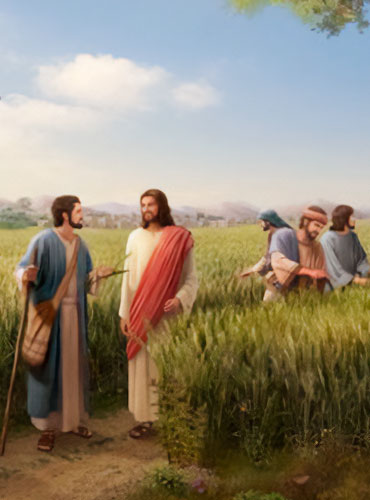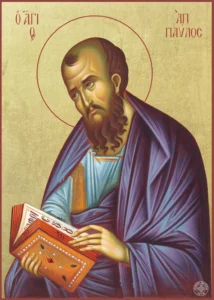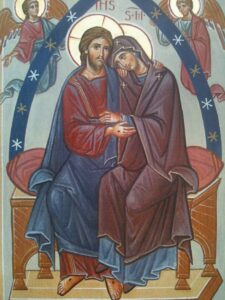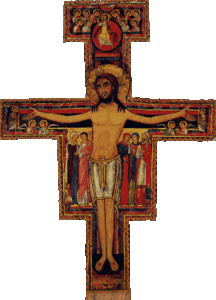Friday of the Fifteenth Week in Ordinary Time – Mt 12:1-8
Today’s Gospel presents us with an incident on the Sabbath with the disciples. Although the reading today omits the beginning of the first verse, which reads “At that time, Jesus was going through a field of grain,” Saint Thomas Aquinas says that this phrase “at that time,” is actually quite important, because it means that Christ knew it was time to abolish the Sabbath, in the sense of abolishing the observations of the law that really didn’t lead people to holiness.[1]
Jesus offers the example of David and his men eating the bread from the Temple, which they were not allowed to eat; in fact, only the priests could eat it. Aquinas asks, “What does this have to do with the case?,” meaning, it’s not immediately clear what this has to do with the Sabbath. From the Old Testament account, we can infer it took place on the Sabbath, since the loaves had just been changed. But, according to the Jewish law, eating on the Sabbath wasn’t a sin. Instead, Aquinas follows the explanation of Saint John Chrysostom, who says, “Some precepts are such that they are commanded for their own sake, and these cannot be broken for any need; but some are not for their own sake but for the sake of a figure, and these can be broken at certain times and places: as a fast can now be broken out of necessity.” In other words, the things that are a figure can be broken; the bread of the Temple is a model of the Bread of Angels, the Eucharist, which can be lawfully eaten by those in communion with the Church in both grace and belief, and David is a model of all the people. Likewise, the Sabbath regulations are a foreshadowing of the Christian Sunday as well as of heaven. The time for all those rules and regulations, to be minutely followed, is past.
In other words, with the first example, Christ is laying out the principle that figures pass away; the truth remains always, but the law, which is an anticipation of the fullness, can pass away in secondary things. This is why Christ offers the second example: when those who work in the Temple, doing service for God, “break” the Sabbath, they aren’t committing a sin. How much more is this the case of those who are living and working directly with Christ! Indeed, some, like Saint Hilary, see in the image of the disciples crossing the field an image of their work, going through the fields that are ripe for the harvest, plucking the fruits of redemption and grace.
So, what does this mean for us? On one hand, we’re reminded that there are unchanging truths: certain things are always wrong, and Christ doesn’t abolish them. Indeed, such things are always directed to our good, and we can never find happiness in things that, by their very nature, are a source of sin. On the other hand, we’re reminded that, yes, things do change, and this is ok. Certain liturgical practices come and go, things and people change, and that’s fine. What remains fixed, and what we must be able to distinguish, are those things that cannot change from those that can. This requires knowing our faith well and praying to see clearly. It also means remaining calm in the midst of challenges or changes, knowing that God is the Lord of the Universe. As the Carthusian motto states: “Stat crux dum volvitur orbis” – The cross remains fixed while the world turns.
Today, then, let us pray, through the intercession of Mary, Queen of Heaven and Earth, for the grace to love God and to follow His will, whatever particular manifestation it might have in the moment.
[1] See Aquinas’s Commentary on the Gospel of Matthew.






